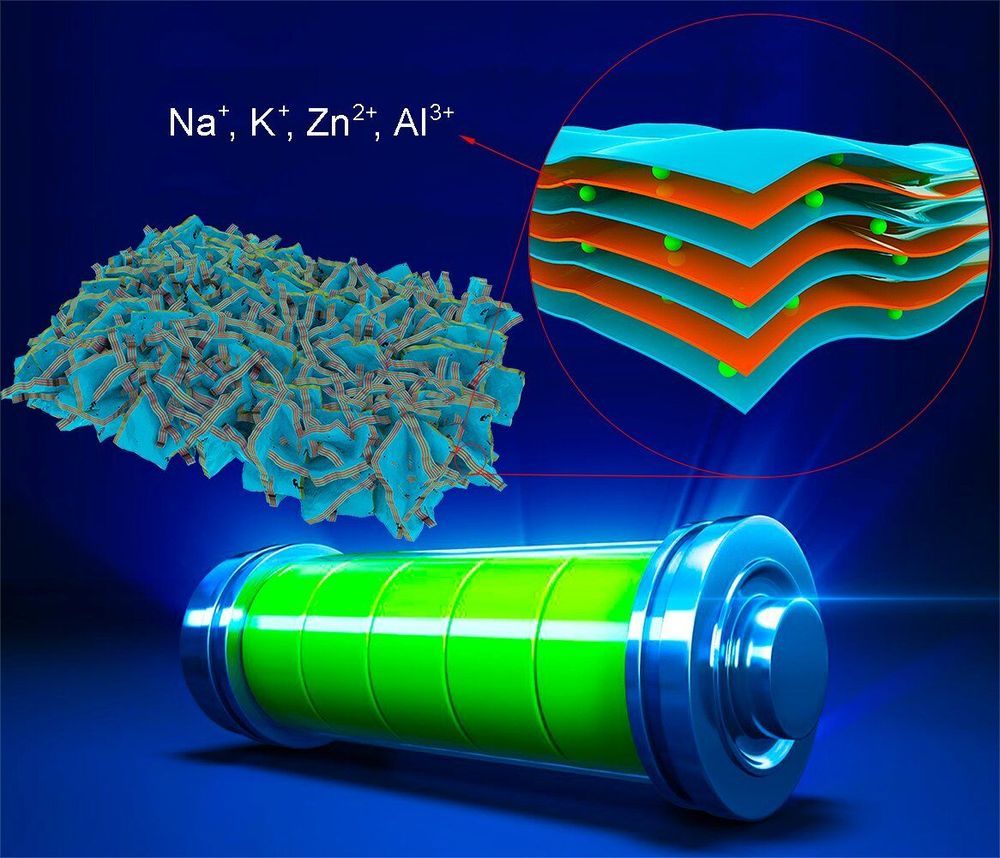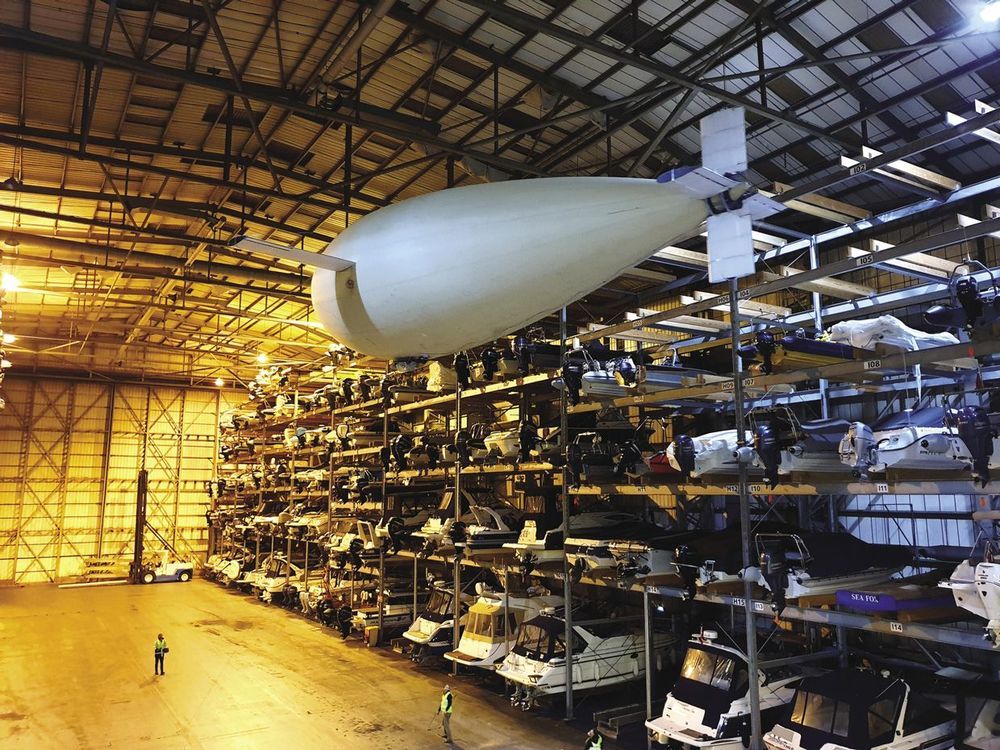The Berkshire Hathaway-owned utility’s largest-ever clean energy procurement opens up huge opportunities in Northwest and Rocky Mountain states.
Category: energy – Page 264
Mars’ poles contain millennia-old ice deposits. They also contain carbon dioxide, iron, aluminium, silicon and sulfur, which could be used to make glass, brick and plastic. Furthermore, the planet’s atmosphere contains enough hydrogen and methanol for fuel.
The tallest mountain on Mars and in the solar system is Olympus Mons, and it is two and a half times taller than Mt. Everest. A Martian canyon system, called Valles Marineris, is the length of the entire continental United States and three times deeper than the Grand Canyon.
Mars Colony: Location, Location, Location
The first step to building a colony is to figure out where the best chance of survival is. For Mars, some researchers have identified the planet’s poles, which contain millennia-old ice deposits. These are thought to contain large amounts of ice, which mars settlers could extract and turn into liquid water.
New video codec halves streaming time
Posted in energy
A German research institute announced Tuesday a new video standard that halves the bitrate required for streaming, allowing higher quality images on lower-power devices and opening the door wider to adoption of super high-definition 8K content.
The Fraunhofer Heinrich Hertz Institute said the new codec, VVC—Versatile Video Coding, will not compromise video quality. With ever-increasing demands on bandwidth for social media streaming, Zoom conferencing, 4K content and 360-degree panoramic videos, and especially during heightened web use spurred by global quarantines, VVC comes at an opportune time.
The increased transmission efficiency the codec promises to achieve would help major streaming services such as Amazon Prime Video and Hulu reduce costs as they prepare for higher-resolution fare down the road.
According to a recent trademark filing, Jaguar could name its upcoming electric F-Type succesor the EV-Type. A nod to the E-Type, of course.
The rapid development of renewable energy resources has triggered tremendous demands in large-scale, cost-efficient and high-energy-density stationary energy storage systems.
Lithium ion batteries (LIBs) have many advantages but there are much more abundant metallic elements available such as sodium, potassium, zinc and aluminum.
These elements have similar chemistries to lithium and have recently been extensively investigated, including sodium-ion batteries (SIBs), potassium-ion batteries (PIBs), zinc-ion batteries (ZIBs), and aluminum-ion batteries (AIBs). Despite promising aspects relating to redox potential and energy density the development of these beyond-LIBs has been impeded by the lack of suitable electrode materials.
But lasers also show promise to do quite the opposite — to cool materials. Lasers that can cool materials could revolutionize fields ranging from bio-imaging to quantum communication.
In 2015, University of Washington researchers announced that they can use a laser to cool water and other liquids below room temperature. Now that same team has used a similar approach to refrigerate something quite different: a solid semiconductor. As the team shows in a paper published June 23 in Nature Communications, they could use an infrared laser to cool the solid semiconductor by at least 20 degrees C, or 36 F, below room temperature.
The device is a cantilever — similar to a diving board. Like a diving board after a swimmer jumps off into the water, the cantilever can vibrate at a specific frequency. But this cantilever doesn’t need a diver to vibrate. It can oscillate in response to thermal energy, or heat energy, at room temperature. Devices like these could make ideal optomechanical sensors, where their vibrations can be detected by a laser. But that laser also heats the cantilever, which dampens its performance.
On a cold March night last year in Portsmouth, England, an entirely new type of aircraft flew for the first time, along a dimly lit 120-meter corridor in a cavernous building once used to build minesweepers for the Royal Navy.
This is the Phoenix, an uncrewed blimp that has no engines but propels itself forward by varying its buoyancy and its orientation. The prototype measures 15 meters in length, 10.5 meters in wingspan, and when fully loaded weighs 150 kilograms (330 pounds). It flew over the full length of the building, each flight requiring it to undulate up and down about five times.
Flying in this strange way has advantages. For one, it demands very little energy, allowing the craft to be used for long-duration missions. Also, it dispenses with whirring rotors and compressor blades and violent exhaust streams—all potentially dangerous to people or objects on the ground and even in the air. Finally, it’s cool: an airship that moves like a sea creature.
BloombergNEF and Sustainable Energy for All have jointly published a report by the Mini-Grid Partnership proposing solar minigrids as a critical technology to bring electricity to the 789 million people who still lack access.
Satellite operators could be doing more harm than good by shutting down their systems whenever a coronal mass ejection (CME) from the Sun is forecast to arrive at Earth, UK researchers have suggested. Mathew Owens, Mike Lockwood and Luke Barnard at the University of Reading show that the speeds and magnetic field intensities of the bursts could be just as important to consider as their arrival times when deciding when to turn satellite systems off. If applied, their ideas could significantly improve the efficiency of many satellite operations.
Originating from the Sun’s dynamic surface, CMEs are high energy bursts of plasma that travel through interplanetary space, accompanied by strong magnetic fields. When they interact with Earth’s atmosphere, they can trigger solar storms that cause severe damage to satellite systems if they are operating at the time. To predict these disruptions, astronomers measure the speed at which CMEs travel through space to make accurate forecasts of when they will arrive at Earth.
Currently, many satellite operators adopt a “better safe than sorry” approach when responding to these forecasts. Whenever a CME is predicted to arrive, they will completely shut down their systems to avoid any damage. However, the Reading trio argue that these current early warning systems do not account for a simple yet crucial fact: while all solar storms are triggered by CMEs, not all CMEs cause in damaging events.
The Tata Nexon EV’s approach – reduced range, less power, and basic amenities – could bring the price down to $14,000 after incentives.








